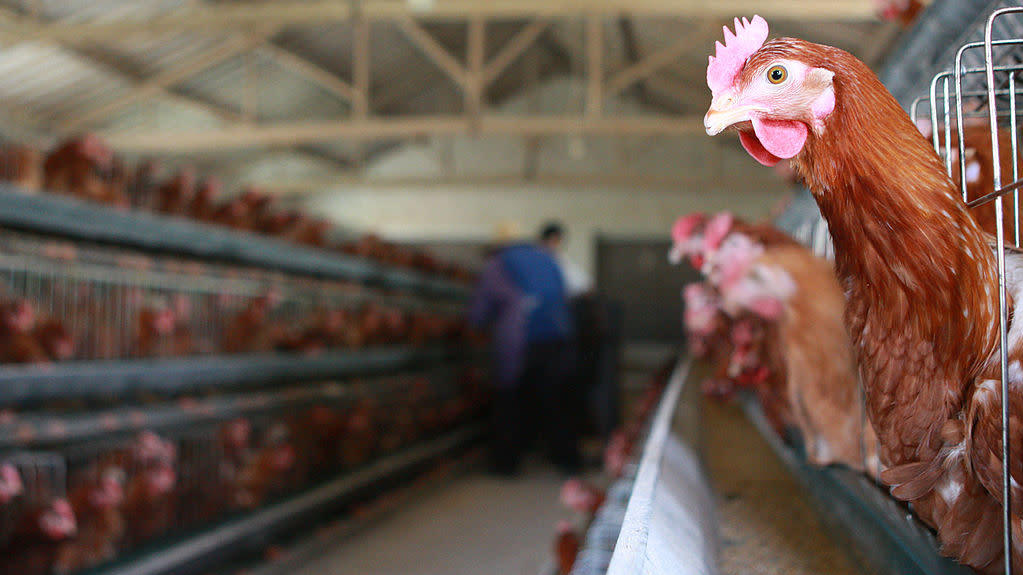Looks Like This Whole Chicken Wing Shortage Thing Isn't Too Good For The Planet, Either
Newsweek reports that the chicken wing shortage that we're currently experiencing is more complicated than just trying to source some extra flappers. Turns out that there are environmental repercussions to the situation which aren't so clear right away, namely: After all the wings are gone, who's gonna eat the rest of the chicken?
"One of the biggest challenges in the industry is to get the optimum value for the whole chicken produced," Fabian Brockötter, editor in chief of Poultry World magazine, told Newsweek. After the wings are processed, you've got the remainder of the chicken to deal with. The majority of that extra chicken ends up getting shipped overseas.
"Shipping produces carbon and costs a lot of energy, leaving an environmental print," says Xin Gen Lei, an animal science professor at Cornell who's focused on environmental sustainability. "If you're talking about the environment and carbon neutrality, this is something that has an impact."
Breast meat is favored in Europe, feet are in demand in China, Russians prefer dark meat, and India wants legs. That's a lot of shipping. The meat needs to be shipped in temperature-controlled containers, which takes even more energy. Food is typically shipped by sea rather than air, which saves some on emissions, but maritime shipping still accounts for 3% of all carbon emissions which is the same carbon emission output as all of Germany.
But this isn't just a global problem. It's also a domestic one. The eight billion chickens we consume in America produce 86 million tons of toxic manure, much of which ends up in runoff, contaminating whatever is around it. The Chesapeake Bay, for example, ends up with 12 million pounds of nitrogen from chicken manure runoff every year, according to a report by the Environmental Integrity Project. The Chesapeake Bay Program has found that 82% of the bay is partially or fully impaired by toxic contaminants now. It's gonna be a while before I can look at another piece of chicken without giving it a bit of the side eye.
